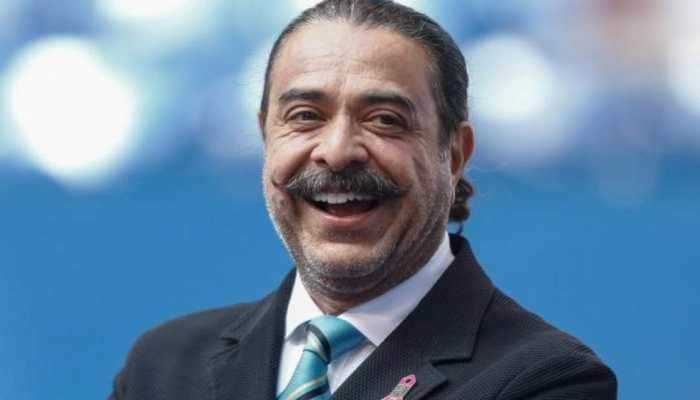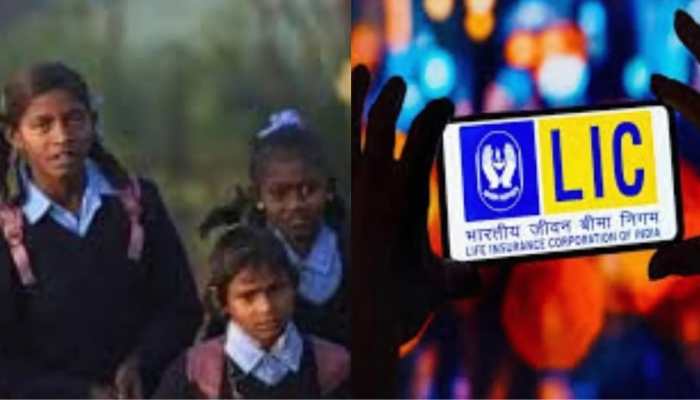How Is Navratri Different From Durga Puja? Key Differences Between These Two Coinciding Festivals
Though both Navratri and Durga Puja are celebrations of the divine feminine and the power of Goddess Durga, they differ significantly in their regional importance, rituals, and cultural expressions. Navratri emphasizes personal devotion and fasting, spread across nine days with a focus on the goddess in her various forms, while Durga Puja is a grand, communal celebration that highlights Maa Durga's role as a motherly figure returning to her people.
Trending Photos
) Image credit: Freepik
Image credit: Freepik Navratri and Durga Puja are two of the most important festivals celebrated in India, both dedicated to the worship of Goddess Durga. Although they occur around the same time of the year and share a common deity, they are distinct in their cultural practices, regional significance, and rituals. Understanding these key differences provides insight into the rich diversity of India's spiritual traditions. Let’s explore how Navratri and Durga Puja differ in their essence, observances, and significance.
Regional Importance
Navratri is celebrated across India with varying rituals and practices. It is especially significant in states like Gujarat, Maharashtra, Karnataka, and Tamil Nadu, where it is observed with great devotion. In Gujarat, the festival is marked by vibrant Garba and Dandiya Raas dances, while in South India, people set up “Golu” (doll displays) and hold prayers.
Durga Puja, on the other hand, is primarily celebrated in West Bengal, Odisha, Assam, and Tripura. While Durga is worshipped across India, the grandeur and cultural richness of Durga Puja is unique to the eastern regions, particularly Kolkata, where the festival is an extravagant, community-wide celebration.
Duration and Timing
Navratri literally means "nine nights" and is celebrated over nine days. It usually falls in the months of September or October, marking the beginning of the autumn season (Sharad Navratri). During these nine days, each form of Goddess Durga is worshipped on a different day, with specific rituals dedicated to each avatar.
Durga Puja is a five-day festival, starting from Shashthi (the sixth day of Navratri) and culminating on Vijayadashami or Dussehra, which is the tenth day. The most significant days of Durga Puja are the last five, with Ashtami (eighth day) and Navami (ninth day) being the peak of the celebrations.
Focus and Mythology
Navratri is a festival dedicated to the worship of the nine forms of Goddess Durga, each representing a different aspect of the goddess. These include Shailaputri, Brahmacharini, Chandraghanta, and others, each symbolizing power, knowledge, purity, and prosperity. Navratri also celebrates the victory of Goddess Durga over the demon Mahishasura, symbolizing the triumph of good over evil.
Durga Puja, while also celebrating the victory of Durga over Mahishasura, focuses more on her homecoming. According to Bengali tradition, Durga is considered the daughter of the land, returning to her parental home during Durga Puja. The festival emphasizes family, warmth, and the goddess as a motherly figure who protects her devotees. This narrative of Durga’s homecoming is especially dear to the people of Bengal.
Rituals and Celebrations
During Navratri, devotees observe fasting as a central part of the celebrations, with many people abstaining from grains and meat, while focusing on sattvic foods like fruits, nuts, and dairy. In many regions, homes are adorned with lights and prayers are offered daily. The evenings often involve Garba and Dandiya Raas performances in Gujarat, while in South India, families set up Golu and invite guests for prayers.
Durga Puja, in contrast, is more about grand communal celebrations. Huge pandals (temporary stages) are set up with elaborate and artistic idols of Goddess Durga. Daily rituals include pushpanjali (offering flowers), chanting of mantras, and aarti (rituals involving fire). The final day, Vijayadashami, is marked by the immersion of the idols in water (Visarjan), accompanied by loud drum beats and dances.
Cultural Expressions and Art
Navratri is associated with the vibrant folk dances of Garba and Dandiya Raas, especially in Gujarat and Maharashtra. These dances, performed in colorful traditional attire, are symbolic of joy and devotion to the goddess. Additionally, in South India, Golu, the artistic arrangement of dolls depicting mythological scenes, plays a central role in the celebrations.
Durga Puja, especially in West Bengal, is known for its extravagant and artistically designed pandals. These pandals are often themed, depicting various mythological, social, or artistic concepts. The craftsmanship of the Durga idols and the intricate decorations are the highlights of the festival. Cultural performances, including music, dance, and drama, are also a key aspect of Durga Puja, with stages set up in pandals for performances.
Food And Festivities
During Navratri, devotees avoid meat, eggs, onions, and garlic for nine days as a way to purify themselves and show devotion to goddess.
Durga Puja, celebrations in Bengal include non- vegetarian dishes as well, with many Bengalis having delicious mutton roll, fish fry, biryani and much more.
Though both Navratri and Durga Puja are celebrations of the divine feminine and the power of Goddess Durga, they differ significantly in their regional importance, rituals, and cultural expressions. Navratri emphasizes personal devotion and fasting, spread across nine days with a focus on the goddess in her various forms, while Durga Puja is a grand, communal celebration that highlights her role as a motherly figure returning to her people. Both festivals, however, capture the spirit of victory, devotion, and reverence toward the divine mother, making them cherished and vibrant celebrations in their respective regions.
(This article is intended for your general information only. Zee News does not vouch for its accuracy or reliability.)
Stay informed on all the latest news, real-time breaking news updates, and follow all the important headlines in india news and world News on Zee News.
Live Tv







)
)
)
)
)
)
)
)
)
)
